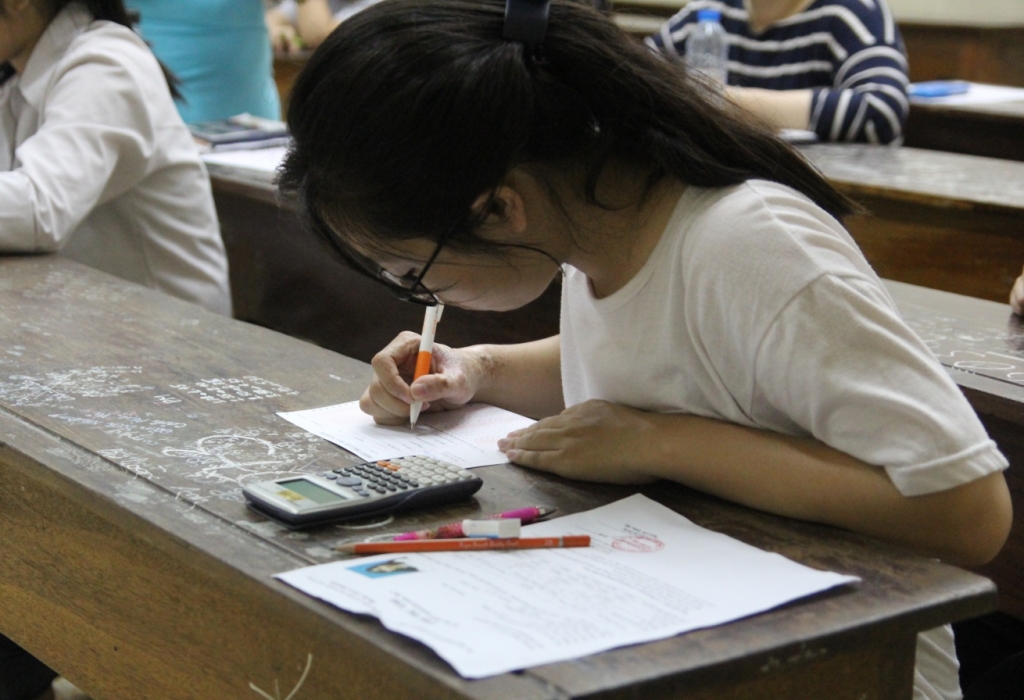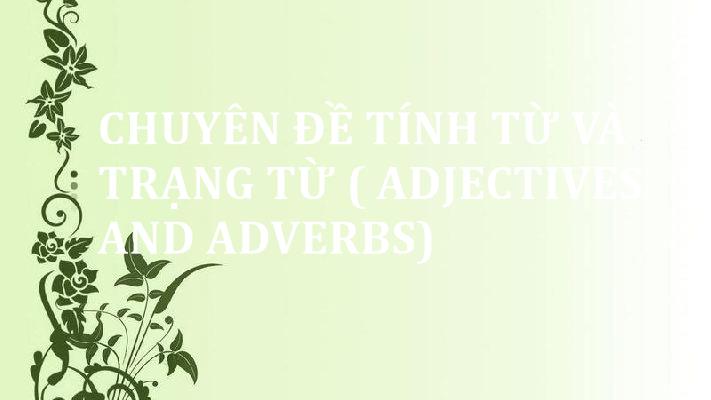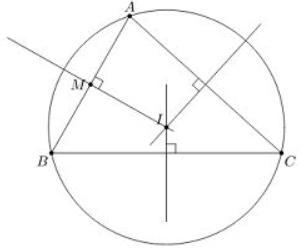HƯỚNG DẪN LÀM BÀI TÌM TỪ ĐỒNG NGHĨA – TRÁI NGHĨA
BƯỚC 1: ĐỌC ĐỀ
Bước đầu tiên quan trọng nhất là đọc đề.
- Đọc đề để biết đề yêu cầu ĐỒNG NGHĨA (Synonym/ closet meaning) hay TRÁI NGHĨA (Antonym/ opposite)
- Sẽ thật tiếc nếu bạn dịch được đề và biết nghĩa cá đáp án nhưng lại chọn nhầm đáp án Đồng nghĩa trong khi đề yêu cầu Trái nghĩa và ngược lại.
Đọc đề để đoán nghĩa từ gạch chân
- Bởi một từ tiếng Anh thường có nhiều hơn một nét nghĩa, nên việc đọc đề giúp chúng ta xác định trong câu đó từ đó mang nét nghĩa gì.
- Điều này rất quan trọng, bởi từ đồng nghĩa cần tìm là từ có thể thay thế Từ in đậm trong ngữ cảnh câu đó, chứ không thuần tuy là đồng nghĩa với từ đó.
BƯỚC 2: SUY ĐOÁN VÀ LOẠI TRỪ
Thường thì sẽ có 2 trường hợp xảy ra:
- Thứ nhất, từ in đậm quen thuộc và dễ đoán nghĩa, nhưng đáp án lại có nhiều hơn 2 từ lạ.
- Thứ hai, từ in đậm lạ, chưa gặp bao giờ; tuy nhiên, đáp án lại có những từ thông dụng.
Mặc kệ là có bao nhiêu từ lạ, việc chúng ta cần làm là xác định nét nghĩa cần tìm (nhờ BƯỚC 1). Sau đó, ta xét các từ đã biết nghĩa trước, mình có 2 TIPS muốn tặng cho các cậu:
- Loại trừ các đáp án trái nghĩa nếu đề yêu cầu đồng nghĩa (và ngược lại)
- Loại trừ các đáp án có mặt chữ gần giống với từ in đậm
Ví dụ minh họa
Question 1: Since the death of Laura's father, her mother has become a breadwinner to support the family.
A. a person who bakes bread every morning
B. a bakery-owner
C. a person who delivers bread to make money
D. a person who goes out to work to earn money
Đáp án D
Giải thích: breadwinner (n): người trụ cột trong gia đình
A. người nướng bánh mì mỗi sáng C. người giao bánh mì để kiếm tiền
B. chủ tiệm bánh D. người đi làm để kiếm tiền
a person who goes out to work to earn money = breadwinner
Question 2: Peter is the black sheep of the family, so he is never welcomed there.
A. a beloved member B. a bad and embarrassing member
C. the only child D. the eldest child
Đáp án B
Giải thích: the black sheep: thành viên cá biệt, người bị cho là tồi tệ và đáng xấu hổ
A. một thành viên được yêu quý C. con một
B. một thành viên tồi tệ và đáng xấu hổ D. con cả
a bad and embarrassing member = the black sheep
Question 3: His physical condition was not an impediment to his career as a violinist. He has won a lot of prizes.
A. difficulty B. barrier C. advantage D. disadvantage
Đáp án C
Giải thích: impediment (n): chướng ngại vật, trở ngại
A. difficulty (n): khó khăn B. barrier (n): rào chắn, trở ngại
C. advantage (n): thuận lợi D. disadvantage (n): bất lợi
advantage >< impediment
Question 4: Both universities speak highly of the programme of student exchange and hope to cooperate more in the future.
A. express disapproval of B. voice opinions on
C. find favor with D. resolve a conflict over
Đáp án A
Giải thích: speak highly of something: đề cao điều gì
A. express disapproval of: thể hiện sự bất ồng về C. find favor with: tìm sự ủng hộ
B. voice opinions on: nêu ý kiến về D. resolve a conflict over: giải quyết các mâu thuẫn
express disapproval of >< speak highly of
Question 5: The situation seems to be changing minute by minute.
A. from time to time B. time after time
C. again and again D. very slowly
Đáp án D
Giải thích
minute by minute: từng phút một (thể hiện sự nhanh chóng)
from time to time: thỉnh thoảng
time after time: để nói tới một điều gì lặp đi lặp lại
again and again: lặp đi lặp lại
very slowly: rất chậm
minute by minute >< very slowly
Bài tập tự luyện
Question 6: Jose had a hard time comparing the iPhone to the Samsung phone because to him they were apples and oranges.
A. containing too many technical details B. very similar
C. completely different D. very complicated
Question 7: Exemplification is always necessary when you are addressing a younger audience.
A. illustration B. variation C. simplification D. exaggeration
Question 8: When heated to temperatures above 1250 degrees Centigrade, clay fuses and becomes pottery or stoneware.
A. melts together B. steams up C. breaks down D. burns off
Question 9: I told you clearly and definitely not to write your answers in pencil, Tom!
A. considerably B. thoroughly C. altogether D. specifically
Question 10: The washing machine I have just bought is very simple to use.
A. boring B. interesting C. easy D. difficult
Question 11: The loss of his journals had cuased him even more sorrow than his retirement form the military six years earlier.
A. grief B. joy C. comfort D. sympathy
Question 12: As a newspaper reporter, she always wanted to get information at first hand.
A. indirectly B. directly C. easily D. slowly
Question 13: No vehicle weighing over 3.5 tons is allowed on this bridge, according to traffic signs placed at both ends of the structure
A. corruption B. construction C. connection D. confusion
Question 14: The use of lasers in surgery has become relatively commonplace in recent years.
A. comparatively B. absolutely C. relevantly D. almost
Question 15: The Ministry of Education and training of Vietnam has declared a decree on the new educational program paving the way for foreign educational co-operation and investment.
A. initiating B. creating C. ending D. forming
Đáp án
|
6.B |
7.A |
8.A |
9.B |
10.C |
11.B |
12.A |
13.B |
14.A |
15.C |







